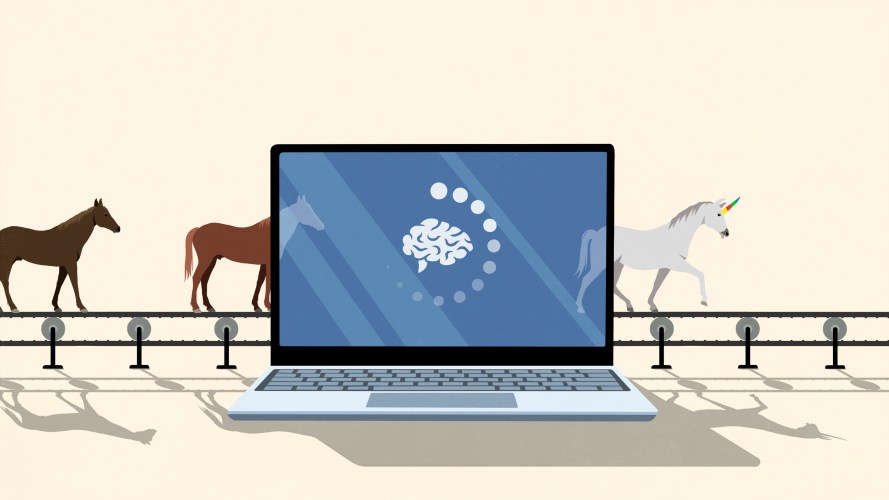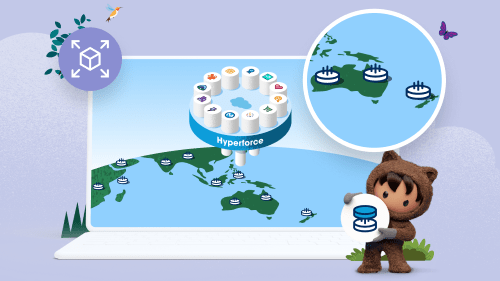The CIO’s Role in Crisis Recovery



In a crisis, there are three major tracks businesses progress through, and the CIO plays a central role in each. Once these tracks are understood, and once the organisation recognises which parts of their business is within each track, it becomes significantly easier to identify systems and technologies to help empower recovery plans and accelerate growth.
Salesforce Staff
The implementation and use of these systems and technologies will not only help businesses meet and beat customer expectations in the COVID-19 environment, they will also help the organisation emerge a stronger player in a more competitive market.
Track 1: Stabilise
This first track is about protecting staff and running your business as best as you can amid these challenges. It’s about making sure employees are physically and technologically able to work from home, customers can get in touch with the company, and all stakeholders can have access to the necessary data required to do their jobs and connect with your brand.
This is partly about business survival — salvaging cash flow and remaining operational. It’s about making sure you have the core technology infrastructure in place to continue business operations as you move from a centralised physical infrastructure to a virtual infrastructure. And it’s very much about caring for employees.
An immediate focus includes ensuring contact centres are up and running to allow customers to engage with you over voice, email, SMS, chat and social. But how is this achieved?
It will have something to do with the company’s business continuity plan. But sometimes a business continuity plan isn’t going to cover an event of COVID-19’s magnitude. One business told me they had two call centres in two different countries — six months ago that geographic spread seemed to cover plan B. They never imagined both countries’ workers would be sent home at the same time.
Fortunately, for companies that were already working in the cloud, standing up virtual call centres and omni-channel workspaces has been possible in days, rather than months.
For example, one of our clients, a health care provider, was able to stand up a complete telehealth solution based on the Salesforce Health Cloud in three days. That meant stakeholders did not notice any change in service levels. In fact, if a business is coming from a non-cloud environment, the lift may be heavier for the team but customers will likely see service levels improve.

Track 2: Reopen
The second track — once the business has stablised — is focused on setting the wheels in motion to reopen your workplace.
Even as you’re mobilising different teams to reopen — from real estate to IT and employee success — you’re also preparing for the possibility of another outbreak and work-from-home period.
For this very reason we have launched work.com — to provide essential solutions to help businesses reopen workplaces as quickly as possible, while helping to keep employees, customers, partners and communities safe and informed during the COVID-19 crisis and beyond.
Listening is a key muscle to flex in this track. Ask your team to listen through digital surveys, one-on-one digital meetings with customers, analyses of customer service trends and more. Translate insights into action, and extend knowledge through your entire ecosystem of suppliers and partners.
Rebuild trust with your customers through delivering personalised experiences. Redesign simpler, more personalised and more automated experiences.
Track 3: Grow
Once operations are stabilised and your offices are reopened, you can once again focus on the growth of your business. In this track you accelerate change to grow in the ‘next normal’.
Powerful innovation, reimagination and growth can also occur — Australian and New Zealand businesses are unlikely to be at this point now, but we may be there before our US and UK counterparts.
As a leader, this is where you get the opportunity to drive a growth agenda and come out of the crisis even stronger. Make your vision a reality by assembling the right team — we call this a Next-Normal Transformation Office. This will be your go-to crew as you create engaging employee experiences, re-place your customers at the centre of your organisation, and shape your organisation into a platform for change.
Speed matters
The old normal of spending months perfecting a digital project has now given way to the current reality of deciding and launching in a matter of days. Businesses are not striving for perfection immediately, they’re striving for what’s viable and are prepared to perfect it over time through multiple iterations.
The saying ‘crisis brings clarity’ rings true. This crisis is so hard on many people and countless businesses – we must not lose sight of that, and we must continue to do all we can to support our teams, our customers and communities at each stage.
Business leaders can also focus on the new clarity — digital interaction has never been more important. It introduces a powerful advantage and is no longer a luxury.
Visit work.com to find out more about how to accelerate out of crisis while supporting your team, customers and community.
Download our Enterprise Technology Trends Report to find out how the biggest tech trends are changing the future of business.





















